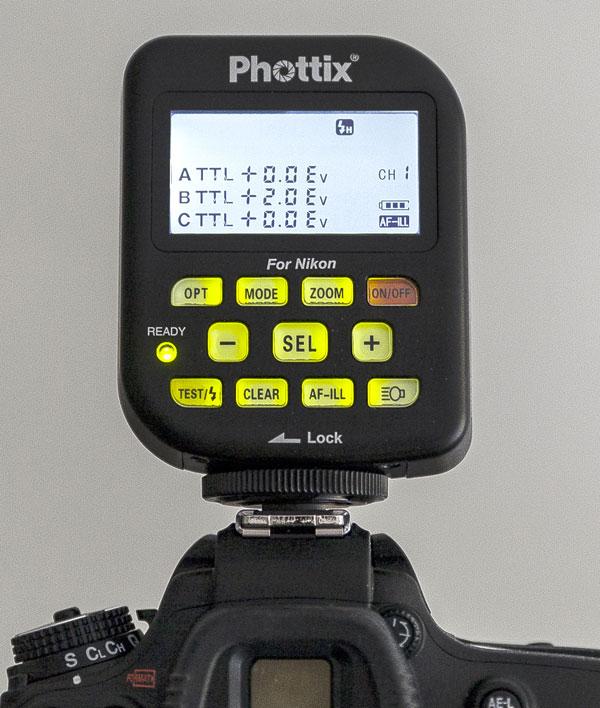Jack Neubart
|
Mar 17, 2014 |
First Published: Feb 01, 2014
|
Mar 17, 2014 |
First Published: Feb 01, 2014
|
Jan 14, 2014 |
First Published: Dec 01, 2013
|
Dec 13, 2013 |
First Published: Nov 01, 2013
|
Nov 05, 2013 |
First Published: Oct 01, 2013
|
Nov 01, 2013 |
First Published: Oct 01, 2013
|
Oct 18, 2013 |
First Published: Sep 01, 2013
|
Sep 27, 2013 |
First Published: Aug 01, 2013
|
Sep 20, 2013 |
First Published: Aug 01, 2013
|
Sep 10, 2013 |
First Published: Aug 01, 2013











